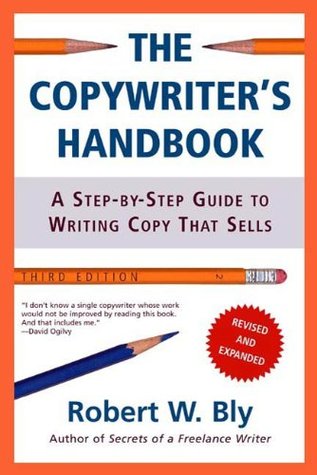More on this book
Community
Kindle Notes & Highlights
Read between
August 17 - August 26, 2018
In the first paragraph, deliver a mini-version of your complete message. State the offer and provide an immediate response mechanism, such as the option of clicking on a link connected to a Web page. This appeals to Internet prospects with short attention spans.
The offer and response mechanism should be repeated in the close of the e-mail, as in a traditional direct mail letter. But they should almost always appear at the very beginning, too. That way, busy Internet users who don’t have time to read each e-mail and give it only a second or two get the whole story.
In general, short is better. This is not the case in classic mail-order selling where as a general principle, “the more you tell, the more you sell.” E-mail is a unique environment. Readers are quickly sorting through a bunch of messages and aren’t disposed to stick with you for a long time.
Regardless of length, get the important points across quickly.
The tone should be helpful, friendly, informative, and educational, not promotional or hard-sell.
Trying to sell readers with a traditional hyped-up sales letter won’t work. People online want information and lots of it. You’ll have to add solid material to your puffed-up sales letter to make it work online.
“In general, online text should be half as long as printed text, maybe even shorter.” Not a precise formula, but a good starting point for estimation.
E-zine readers love practical articles that tell them how to do something useful—and do so in just a few concise paragraphs.
You don’t need a news angle to make advice an effective content strategy for your free e-zine. However, if you can relate your tips to current events or news, do so; experience shows that it can potentially double your readership and response.
Your job is to pass useful information along to those who can use it.
2. Pay close attention to questions, problems, and ideas that come up when you’re doing your work or interacting with customers.
4. State the problem or situation as an introduction to your tip. Distill it down to its essence. 5. Give the solution. Tips are action-oriented. So make sure you give a couple of action steps to take.
6. Describe the result or benefit of using these tips to provide some incentive to take the action. If there are tools readers can use to measure the results of your tip once they put it into practice, give them a link to Web sites offering these tools.
7. Include tips the reader can use without doing any work, phrases they can use verbatim, boilerplate clauses, checklists, forms, and so on.
9. Put your best tip first, in case people don’t read the whole thing—because sometimes even really short tips are too much.
nothing gains the reader’s interest and attention like solid how-to tips.
The advantage of specialization is that specialists can command greater salaries when they switch agencies, because other agencies need their industry-specific experience to handle accounts in these areas. The danger is that once you become established in a specialty (such as automotive copy or package goods), you’ll become tagged as an “automotive writer,” “soap writer,” “food writer,” or whatever. The longer you stay in a particular specialty, the harder it becomes to break out and work in new areas.
Copywriters planning an eventual move to freelance life would be better off working for a specialty agency. The reason is that in freelancing, specialists are more in demand and command higher fees than generalists. And the quickest way of becoming a specialist is to do it writing copy for an ad agency with accounts in the specialty you are interested in.
A good way to get started is to go through magazines and clip half a dozen or so ads you think you can improve on. Rewrite these ads. Then, in your book, put the original ads on left-hand pages with the rewrites facing them on the right-hand pages. This before-and-after technique can make a dramatic presentation of your copywriting skills.
The best photos demonstrate a product benefit or make you think, “That looks interesting. I wonder what is going on here?”
Words, not pictures, are the most important way of communicating great ideas. The Bible contains many thousands of words and not a single picture.


